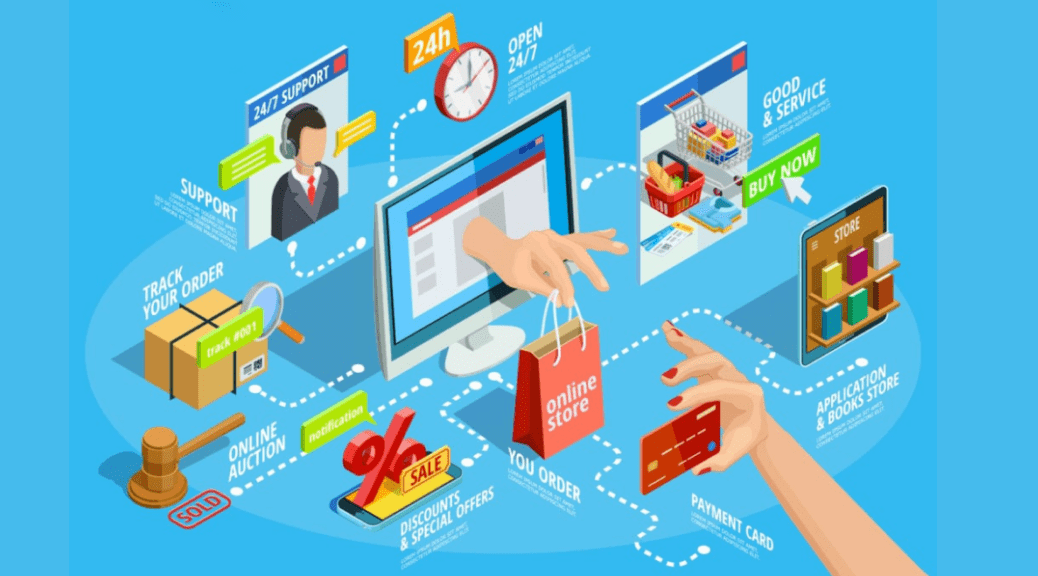
The retail industry is undergoing a significant change, driven by factors like rise of e-commerce, evolving consumer preferences, and a lingering pandemic. Understanding trends are crucial for businesses to navigate this dynamic landscape ad thrive in the future.
Consumer trends reshaping retail
Omnichannel experience reigns supreme: Today's consumer seamlessly blends online and offline shopping. They research products online, compare prices, and might even buy in-store or vice versa. A 2023 study by McKinsey & Company found 73 per cent consumers use multiple channels throughout their shopping journey. While brick-and-mortar stores hold their ground, e-commerce continues to flourish. Insider Intelligence projects US e-commerce sales will reach $1.4 trillion by 2024, accounting for 14.4 per cent of total retail sales. And retailers are adopting omni-channel strategies to thrive. For example, Walmart, a retail giant, has embraced omnichannel retail. They've invested in online grocery pickup and delivery services, while integrating their physical stores with their e-commerce platform. This allows customers to research products online, check in-store availability, and even pick up online orders at their convenience.
Rise of value-conscious consumers: Inflation and economic uncertainty are causing a shift towards value-driven purchases. As per National Retail Federation (NRF) report, discount stores are projected to see the highest growth in 2023 at 5.7 per cent, compared to 3.9 per cent for department stores.
Focus on sustainability: Consumers are increasingly environmentally conscious and seek out sustainable brands and products. A IBM study revealed that 60 per cent consumers are willing to pay a premium for sustainable products. The Body Shop is a leading example of a brand committed to sustainability. They use ethically sourced ingredients, offer refillable packaging options, and actively campaign for environmental causes. This resonates with their customer base who value environmental responsibility.
Experience counts more: Consumers are increasingly seeking experiences over mere possessions. And retailers are responding by creating engaging in-store environments, offering personalized services, and hosting events. This focus on experience fosters brand loyalty and encourages repeat visits. As Paco Underhill, author of ‘Why We Buy’ opines, “Retail is no longer just about transactions; it's about creating connections with customers.”
The power of social media: Social media platforms are not just for connecting with friends anymore. They've become powerful tools for brands to reach new audiences, showcase products, and influence purchase decisions. Influencer marketing and user-generated content are major drivers of sales in the social media age. Platforms like Instagram and TikTok are increasingly influencing buying decisions. Studies by eMarketer show an increase in social commerce, where consumers discover and purchase products directly through social media. Gary Vaynerchuk, social media strategist explains, “Social media is a conversation, not a monologue. Brands need to listen to their customers and engage with them authentically.”
The bottomline is, future of retail is all about personalization, convenience, and experience. Retailers who can adapt to these evolving consumer trends and leverage data effectively will be the ones to thrive in the ever-changing retail landscape.












